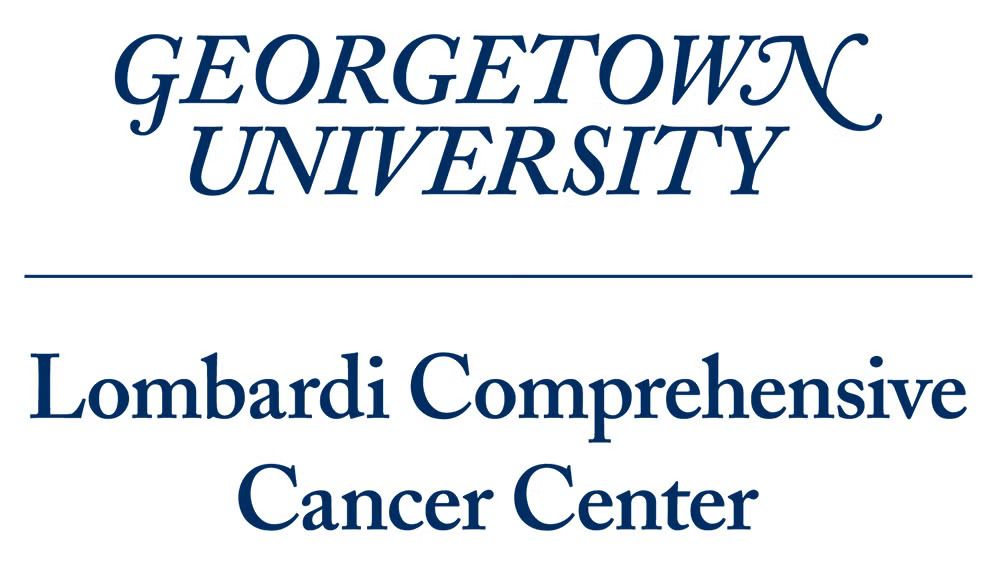
Investigators Identify Immunotherapy Followed by BRAK/MEK Inhibition as Optimal Sequence Strategy in BRAF+ Melanoma

Optimal treatment sequencing for patients with BRAF-mutated melanoma involves frontline immunotherapy following by BRAF/MEK inhibition, according to investigators.
New data suggests that patients with advanced BRAF-mutated melanoma may derive maximum treatment with the following treatment sequence: dual immunotherapy with nivolumab (Opdivo) and ipilimumab (Yervoy) followed by a combination of BRAF and MEK inhibition. This treatment approach is supported by findings from the phase 3 DREAMseq trial (NCT02224781).
Prior to the study, the was no clear sequencing path for PD-1 and CTLA-4 therapies combined with BRAK/MEK inhibition due to a lack of data from prospective studies.
“In 2021, marketing data showed that 50% of [United States] patients with metastatic BRAF-mutant melanoma were initially treated with BRAF/MEK targeted therapies and only 25% received combination nivolumab [Opdivo] and ipilimumab as initial therapy. Based on the results of the DREAMseq trial, going forward, the vast majority of patients should receive combination nivolumab/ipilimumab as their initial therapy,” Atkins, deputy director of the Georgetown Lombardi Comprehensive Cancer Center and the Scholl Professor and vice chair of the Department of Medical Oncology at Georgetown University Medical Center, told Oncology Nursing News®.
The phase 3 DREAMseq trial assessed 265 patients with advanced BRAF-mutant melanoma who were randomized to receive either nivolumab/ipilimumab (arm A) or dabrafenib (Tafinlar) plus trametinib (Mekinist) in arm B. In the third and fourth arms (arm C and D), patients received either dabrafenib/trametinib or nivolumab/ipilimumab, respectively.
In arms A and D, patients were administered nivolumab 1mg/kg plus ipilimumab 3 mg/kg every 3 weeks in 4 doses followed by an intravenous (IV) infusion of nivolumab 240 mg every 2 weeks for up to 72 weeks. In arms B and C, patients were administered dabrafenib 150 mg twice per day and trametinib 2 mg orally daily until progressive disease.
The study primarily aimed to determine the 2-year overall survival (OS) of nivolumab/ipilimumab vs dabrafenib/trametinib. Secondary end points assessed in the study were the 3-year OS, overall response rate (ORR), duration of response (DOR), progression-free survival (PFS), crossover feasibility, and safety.
At a median follow-up of 27.7 months (interquartile range, 41.9-11.9 months), there were 133 patients in arm A, 132 in arm B, 27 in arm C, and 46 in arm D. Enrollment of arms A and B represented step 1 of the study, and in step 2, patients were enrolled in arms C and D. Baseline characteristics were balanced between the treatment arms with the median age being 61 years, and most patients being White males who had an ECOG performance status of 0 or 1. In terms of BRAF mutation status, 263 patients had BRAF-mutant disease at baseline.
Results from step 1 showed that the 2-year OS rate was 71.8% (95% CI, 62.5-79.1) in arm A compared with 51.5% (95% CI, 41.7%-60.4%) in arm B, demonstrating a difference of 20.3%, (95% CI. 2.6%-37.9%; log-rank P =.010). The median PFS observed in arm A was 11.8 months (range, 5.9-33.5 months) vs 8.5 months (6.5-11.3 months) in arm B (log-rank P =.054).
The ORR observed during step 1 in arm A 46.0% (95% CI, 36.6%-55.65%) compared with 43.0% (33.8%-52.6%) in arm B (Fisher’s exact test P =0.690). The median DOR was not reached (NR; 29.3-NR months) in arm A vs 12.7 months (8.2-NR months) in arm B (log-rank P < 0.001).
The 3-year OS in the observed during step 1 was 66.2% (56.0%-74.6%) in arm A vs 42.8% (32.9%-52.4%) in arm B.
Results were also reported from step 2 of the study. In arm C, the median PFS was 9.9 months (8.3-20.6 months) compared with 2.9 months (2.6-8.9 months) in arm D. The ORR observed with arm C was 47.8% (26.8%-69.4%) vs 29.6% (12.7%-47.2%) with arm D. Finally, the median DOR was not reached (29.3-NR months) in arm C compared with 12.7 months (8.2-NR months) in arm D (log-rank P < .001).
The assessment of feasibility and crossover showed a median time from disease progression to crossover of 20 days (range, 5-83 days) for patients in arm A to arm C and 21 days (range, 7-109 days) for patients in arm B to arm D. There were many reasons for crossover, but many patients had disease progression or developed brain metastases.
Safety results showed that grade >3 treatment-related adverse events (TRAEs) made up 59.5% in arm A, 53.1% in arm B, 53.8% in arm C, and 50.0% in arm D. The difference in toxicities were not significant between the treatment arms.
“Starting with nivolumab/ipilimumab immunotherapy results in a 20% absolute improvement in overall survival and 2 years and likely greater beyond this point. It also produces responses that are durable, enabling treatment to be stopped by 84 weeks and does a better job of preventing isolated relapse in the central nervous system,” Atkin said. “Also, targeted therapy appears to work as well in the second line setting as it does in the first line, while immunotherapy appears to less effective if given after targeted therapy. Although toxicity and quality of life are worse for the first 12-24 weeks, subsequent quality of life is better either because patients have stopped treatment in the absence of disease progression or are continuing with only nivolumab monotherapy,” he added.
REFERENCE:
Atkin MB, Lee SJ, Chmielowski B et al. Combination dabrafenib and trametinib versus combination nivolumab and ipilimumab for patients with advanced BRAF-mutant melanoma: The DREAMseq Trial - ECOG-ACRIN EA6134. J Clin Oncol. Published online September 27, 2022. doi:10.1200/JCO.22.01763
Newsletter
Knowledge is power. Don’t miss the most recent breakthroughs in cancer care.


















































































